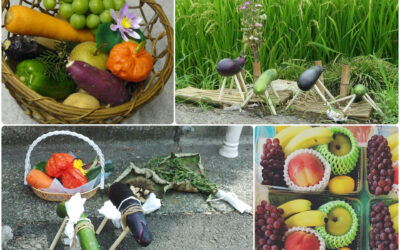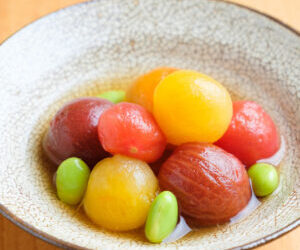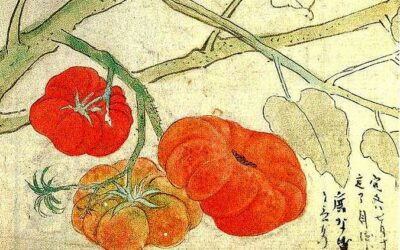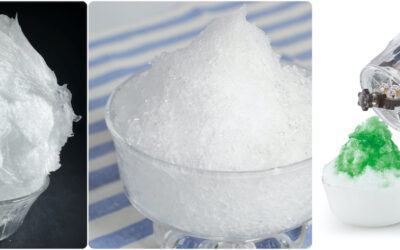
Kitchen Culture Cooking Club
EXPLORE and PRACTICE Japanese cooking in your own kitchenAbout Kitchen Culture Cooking Club
Welcome to the Kitchen Culture Cooking Club, a community space providing encouragement to those who want to EXPLORE and PRACTICE Japan’s washoku wisdom in their own kitchens.
To facilitate this, themed projects will be posted to this page periodically. Project Assignments and links to relevant reference material stored on this site will be posted to this page. Anyone, anywhere in the world, with a sincere interest in Japanese food culture is welcome to browse the contents of this page and then replicate the themed project in their own kitchen.
For those who wish to display-and-discuss their projects with like-minded people, I invite you to join the KITCHEN CULTURE Cooking Club Facebook Group (formerly the TSUDOI Project), an interactive community space.
PROJECT Bean-Throwing for Setsubun
PROJECT Bean-Throwing for Setsubun
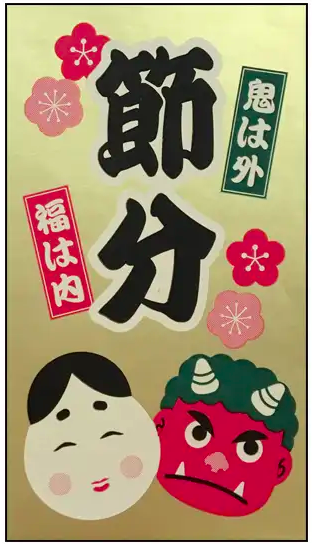
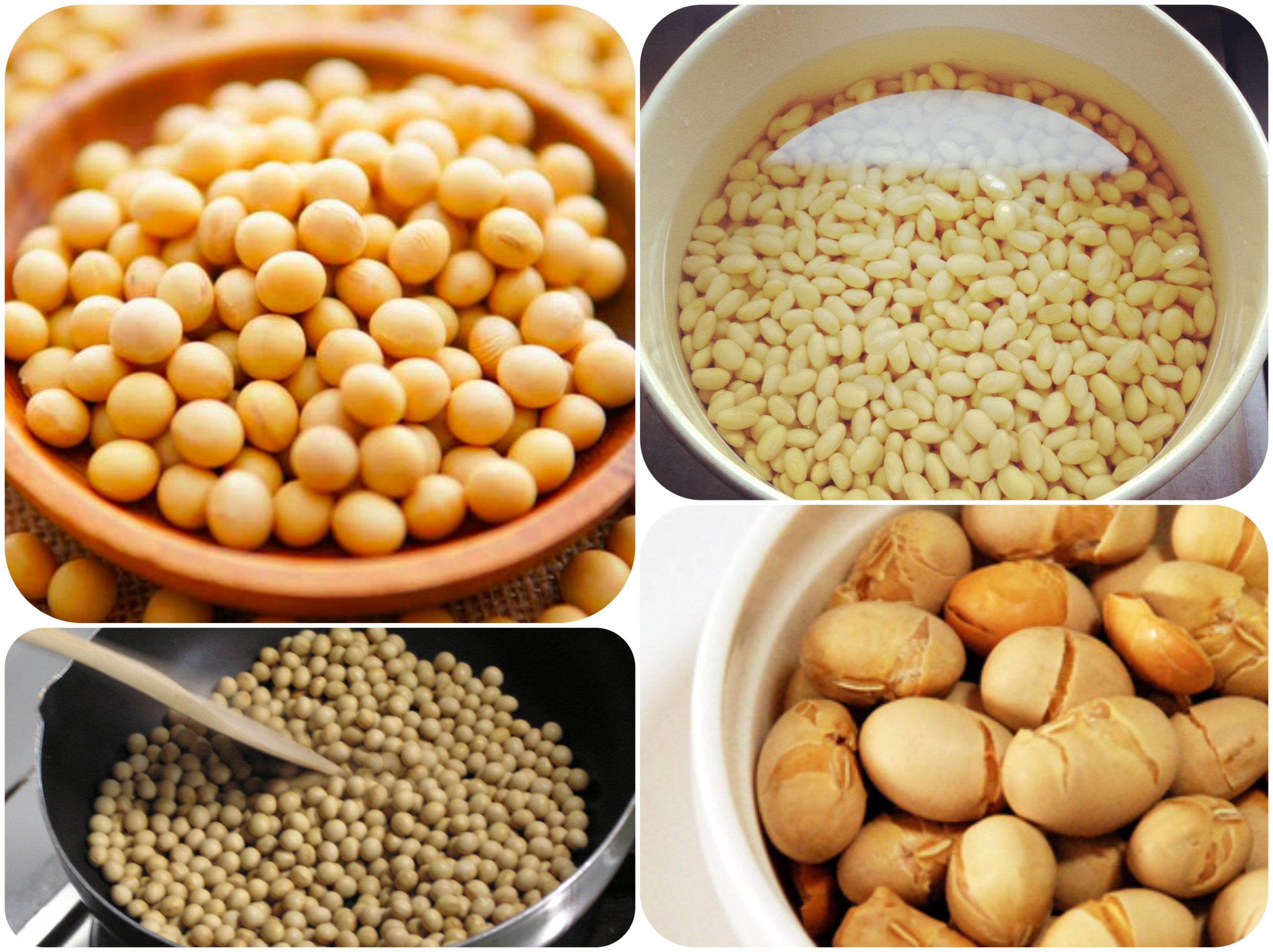
FUKU wa UCHI ONI wa SOTO
Bring in Good Fortune! Throw out the ogres!
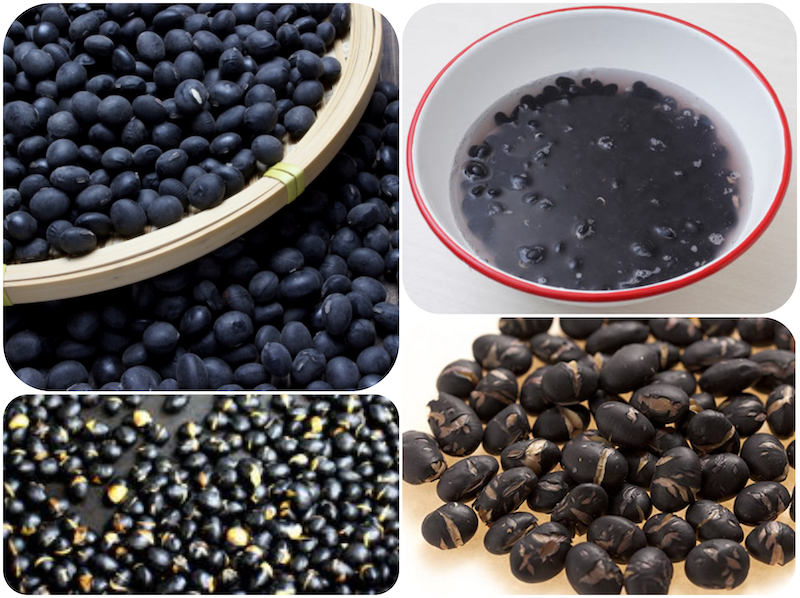
DOWNLOAD a recipe for Fuku Mamé roasted soybeans
節分
Setsubun, a marker on the ancient, lunar-based koyomi calendar indicates the start of a new season; setsubun breaks occur many times during the year. Today in Japan the setsubun that is most celebrated occurs in early February (this year, 2025, it falls on February 2).
Setsubun corresponds to the start of the lunar New Year and in other parts of Asia, China for example, this break is celebrated as New Years. But in Japan, since it switched to using the Gregorian calendar in the Meiji period, Setsubun is quite apart from Oshōgatsu (New Year activities), which comes to a close in mid-January.
Setsubun rituals developed to insure that evil was left behind in the old year, and good things could (and would) happen in the year to come. Oni monsters personify bad things and are traditionally expelled by shouting and throwing dry-roasted soybeans. Throughout Japan, school children make monster masks to don while they yell:
ONI WA SOTO 鬼は外 (throw the ogres out!)
This is shouted standing at the entrance to your home, school and/or place of business while throwing several beans OUT, over your shoulder.
FUKU WA UCHI 福は内 (bring in good fortune!)
This said after you turn around and throw a few beans over your shoulder IN to your place of business, school, or home.
Finally, eat the same number of beans as your age. (I love dry-roasted soybeans and each year I am glad to eat more of them!)
Visit my Kitchen Culture blog to learn about An Edible Ode to Winter: Sleet & Snow.
Read my January, 2025 newsletter.
Recipes and Resources
Stock (Dashi)
Dashi stock is essential to making soups and simmered or stewed dishes. Dashi is also used when making many egg dishes and all sorts of sauces, dips and dressings. Using good dashi will make a noticeable difference in the outcome of so many dishes you prepare.
Click to download recipes for (vegan) Kelp Alone Stock or Standard Sea Stock + Smoky Sea Stock
How to Cook Rice
In Japanese, the word for cooked rice, ご飯 GOHAN, is the same as the word for a meal, ご飯 GOHAN. Indeed rice is central to the meal. Download the Rice with Mixed Grains recipe.
How to Prepare Sushi Rice
Sushi dishes are made with rice that has been seasoned (with sweetened vinegar) AFTER being cooked. Download the Classic Sushi Rice recipe.
Quick Pickles
The Japanese enjoy a wide variety of tsukémono pickles, many can be assembled quickly and are ready to eat within a short time.
Download a recipe for Quick-Fix Hakusai Cabbage.
OBON: Summer Holidays
Rooted in Buddhist tradition and practice, Obon is the time when spirits of the departed are believed to return to this world for a short, annual visit. It is not a morbid occasion but rather a pleasant and respectful way for younger generations to stay connected to...
PROJECT Tomato Salad
TOMATOES combine well with both land and sea vegetables, and with cold noodles too, to make a variety of SALADS. This PROJECT Tomato Salad is about creating your own "house" salad featuring tomatoes. To start you off, here is a recipe for enjoying tomatoes...
Tomatoes in Japan
Originating in Mesoamerica about 7,000 years ago, tomatoes arrived in Japan early in the Edo period (1603-1868) having traveled the globe and being domesticated along the way. The first tomato plants in Japan were considered an ornamental -- they were not cultivated...
PROJECT Shaved Ice
PROJECT Shaved Ice is about making Japanese-style kaki-gōri confections.Many people top shaved ice with fresh fruit or commercially prepared syrups. But for those who would like to make their own, here is a simple-to-make STRAWBERRY sauce. Note the recipe includes a...

